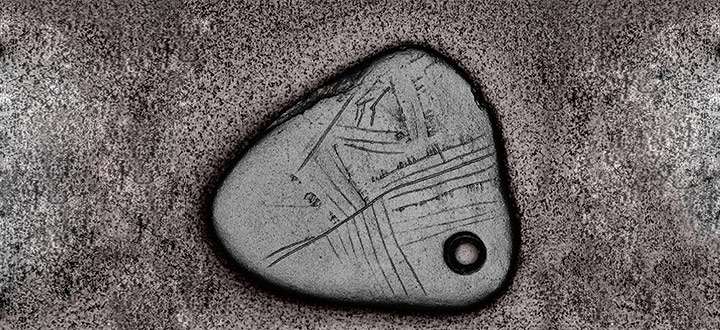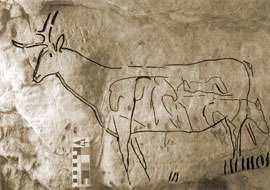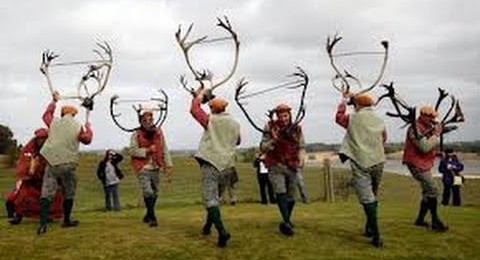Our Folklore Mythology and Culture is ingrained into our very souls, our blood and our bones; it is in our DNA. This has been handed down in our genetics through uncountable generations of our ancestors. We not only find beliefs and practices recorded in our folklore and mythology, we find it expressed in our age-old practices and celebrations around these isles.
Events such as the Furry Day and Hal-an-Tow in Helston in Cornwall, the Abbots Bromley Horn Dance, Well Dressings in many Derbyshire towns & villages, the Mari Lwyd – a unique version of Wassailing found in areas of Wales and of course many other versions found across various places in the UK. The origins of these and many other events are lost in the mists of time. The reasons and beliefs surrounding many of them are known but others remain a complete mystery. At Abbots Bromley, one of the dancers when asked why they continued to do the dance if they didn’t know ‘why‘, replied “because we don’t know what might happen if we don’t“.
Below: An historic photograph of the Mari Lwyd a custom that is still celebrated in various areas of wales. Wassailing in other variations is also still a common practice in many (especially rural) areas.
Opposite: A video of the Abbots Bromley Horn Dance from 2018. Abbots Bromley in the picturesque county of Staffordshire is an ancient Village. Its first written mention dates back to 942 when it was recorded as the manor of ‘Bromleige’. The horns are acutally Reindeer Antlers. Recently a carbon dating test has proved they are over 1000 years old.

GDPR Compliant
A lot of information, knowledge and understanding comes from our landscape and aeons of cultural artefacts & features embedded within it. These Cultural landscapes can give provide us with information about how a culture lived, what they valued, and how they interacted with the land. The other source of similarly related information comes from archaeological digs and finds. Some of these features are man-made, others are natural but provide evidence of how our ancestors related to or used them.
Evidence of Folklore Mythology Culture of our Ancestors from Landscape & Archaeology
Humans probably first arrived in Britain around 800,000 BC. These early inhabitants had to cope with extreme environmental changes and they left Britain at least seven times when conditions became too bad. Continual human occupation began about 10,000 BC as humans returned to Britain following a very cold period.
Rising sea levels cut Britain off from continental Europe for the last time around 6500 BC. During this period, known as the mesolithic (middle stone age) the lifestyle that our ancestors led was known as hunter-gatherer. Although the people have very often been portrayed as ‘primitive’, they were definitely not.
Mesolithic people followed a complex pattern of seasonal occupation, or in some cases permanent occupation, with associated land and food source management where conditions allowed it. The better description for this lifestyle is pastoralist.



They made an amazing array of different hunting tools, from polished stone axes & adzes to tiny microliths for fixing onto harpoons and spears. At archaeological sites evidence has been found that demonstrates that they led a rich, complex life, closely entwined with the natural world and in close connection with the land. Beads made from stone and amber suggest personal adornment, and the antlered frontlets found at Star Carr are indicative of shamanic practices.
Farming began in Britain around 4,500 BC and the control of local resources by individual groups slowly took over, leading to a more settled way of life. However the close connection with the land and the natural world would have remained.
Our culture was created out of this world, our relationships with the land, our spiritual practices and lore and gramarye were embedded into our DNA memory for inbetween 10,000 and 800,000 years.
You will find far more information on the aspects of Folklore Mythology Culture that contribute to our knowledge of the Old Ways in the drop-down menu of this section and also in the Animism/Shamanism pages. Do explore the site from the menu there is so much more to find out and see.
